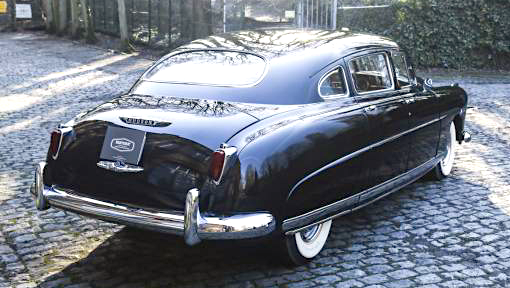Today's post features the strikingly styled Kia EV6 (Wikipedia entry here). There's one in the town by where I live, and it looks better in person than some of the images in the Gallery suggest.
Images below are publicity photos from Kia.
Whatever justifies the opening below the bumper has the happy result of suggesting the EV6 might have a radiator up front. Better than those characterless front ends of some other electric cars.
Plenty of angularity up front. But complemented by comparatively featureless sides.
The mid-side character fold is less obvious on the EV6 I am familiar with. That apparent smooth curve from beltline to rocker panel is an important styling feature. I wonder what the effect would be if that dark C-pillar area was silver like its surroundings. Less fussy than the pinched zone seen here, but possibly it would have added a bit too much visual weight.
The interrupted curve from the rocker panel to the tail light assembly is bad aesthetics, but good brand identity. Note how rounded the car's side appears in this photo. Rear end details of this European EV6 differ slightly from those seen in the image below.
Interesting taillight package and related, lower sculpting. The dark zone at the bottom to the rear has little obvious mechanical function. But it nicely prevents the rear being dominated by a sculpted silver blob. That said, its profile does not relate to the sculpting above it.
Another view of the European version. The backlight window is short -- likely marginally adequate for driver's rearward visibility.
The passenger compartment greenhouse is quite low. (Compare to proportions of many 1970s cars.) Note the short overhang on both ends. The wheelbase is 114.2 inches (2900 mm), quite long for a car of its 184.8 (4680 mm) length.
I think the spoke design of the wheels is silly.







































